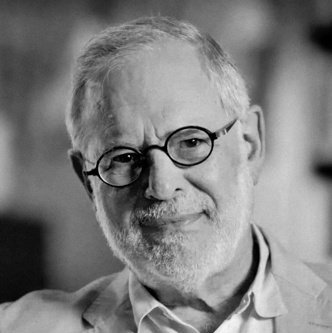Walt Disney: the Triumph of the American Imagination by Neal Gabler is a very detailed biography of legendary animator and theme-park visionary Walt Disney that I would recommend for readers who are already somewhat familiar with Disney history and are looking for a deep dive. It’s an excellent exploration of one of the most important cultural figures in American history, which is why the book won both the USA Today Biography of the Year and Los Angeles Times Book Prize for Biography. But because it’s over 900 pages, this is generally not a book for the casual reader. The biography delves into everything imaginable (Gabler is the first writer to gain complete access to the Disney archives), from Walt’s childhood experiences that later inspired elements of the classic Disney films, to his work overseeing the creation of Disney World in Orlando before his death in December 1966.
In between, readers learn how Walt first created Walt Disney Productions and how the studio expanded into various arenas, becoming the mega-corporation that it is today. Gabler describes the early success and evolution of Mickey Mouse, one of the world’s most recognized artistic and commercial symbols, as well as the development of Disney’s other famous early characters and shorts. Following these artistic accomplishments, Gabler describes the success of Snow White and the Seven Dwarves, Disney’s first feature-length animated movie. Looking at more commercial and political aspects of the studio’s evolution, Gabler describes the devastating animator’s strike of 1941, The Walt Disney Company’s involvement with producing training and propaganda films during WWII, and Walt’s post-war metamorphosis from cutting edge folk artist to corporate defender of cold-war conservatism. Gabler also describes the studio’s various approaches to animation; advancements the company made in film, animation, and television technology; Walt’s life-long interest in miniatures, model trains, and animatronics; and his work designing exhibits for the 1964 New York World’s Fair. Overall, Gabler showcases how Walt Disney was a visionary whose obsessive perfectionism transformed animation from a novelty to an art form and revolutionized the entertainment industry.
For those of us who are interested in Walt Disney himself, the Disney theme parks, all things Disney more generally, and/or the lives of creatives, this detailed biography is fascinating. I personally fall into the category of someone who is interested in the theme parks, as well as Walt as both a creative and an innovator. In fact, what lessened my enjoyment of the biography (only slightly) was my personal preference to read about Walt’s creative endeavors without getting bogged down in details about his early life and industry politics. The beginning chapters were a bit of a slog for me, but once I realized how much his early life in Marceline, Missouri impacted his vision for Disneyland, I was glad that I had learned about his childhood. The picture that emerges is of a man who not only wanted to re-create and share his own idealized rural childhood experiences, but successfully expanded his vision across the world thanks to his pioneering work in animation, theme park development, and entertainment more generally.
As I was reading, I similarly chafed at the level of detail included regarding the worker’s strike at his studio and the financial aspects of Walt Disney Productions and Walt Disney Enterprises. I wanted to learn about different aspects of his creative vision without so much information about the business side of things. For example, I was much more interested in Walt’s development of different animation techniques as the studio pursued specific creative visions for each project. At the same time, I realized that I appreciated learning how the financial struggles that Disney constantly faced were an ongoing factor in how the studio produced films, making a huge impact on the style and end product of each project in different ways. I didn’t even know how much of a true inventor and innovator Disney was until I began reading this biography, but I quicky grew excited to learn more about his forays into animatronics, as well as other inventions and new technologies that were developed at Walt Disney Enterprises. In the end, while I feel like the level of detail regarding certain aspects of the business could have been scaled down a bit, but I was ultimately interested to learn about how commercial factors impacted Disney’s art.
Most of all, I wanted to learn about Walt’s involvement in the 1964 New York World’s Fair; and the vision, development, and construction of Disneyland and Disney World. I am one of the millions of people who love Disneyland and its iterations across the globe; I love learning about everything from the history of the parks or the vision for a new ride or area, to the construction and artwork of an attraction or the technologies employed to create specific effects. Gabler gives a thorough and fascinating overview of this history of the parks, although I happily would have read many more chapters on the vision and development of various attractions. (But I suppose that could and should be another book entirely.)
Overall, this is a well-researched, comprehensive, and clearly written biography that manages to keep a steady course without getting (too) sidetracked by all the details that Gabler included. Readers who finish all 912 pages will find that they have learned more about not only Walt Disney the man, but shifts in American culture during his lifetime, and the creative vision behind a global entertainment empire that ultimately combined film, television, music, book publishing, theme parks, and merchandise. With such a large scope, Walt Disney: the Triumph of the American Imagination taught me more than any other biography I’ve ever read and inspired me to start tinkering with more of my own dreams and creative visions.



This website was created with a lot of love, Coke Zero, and tacos by Kumquat Creative.